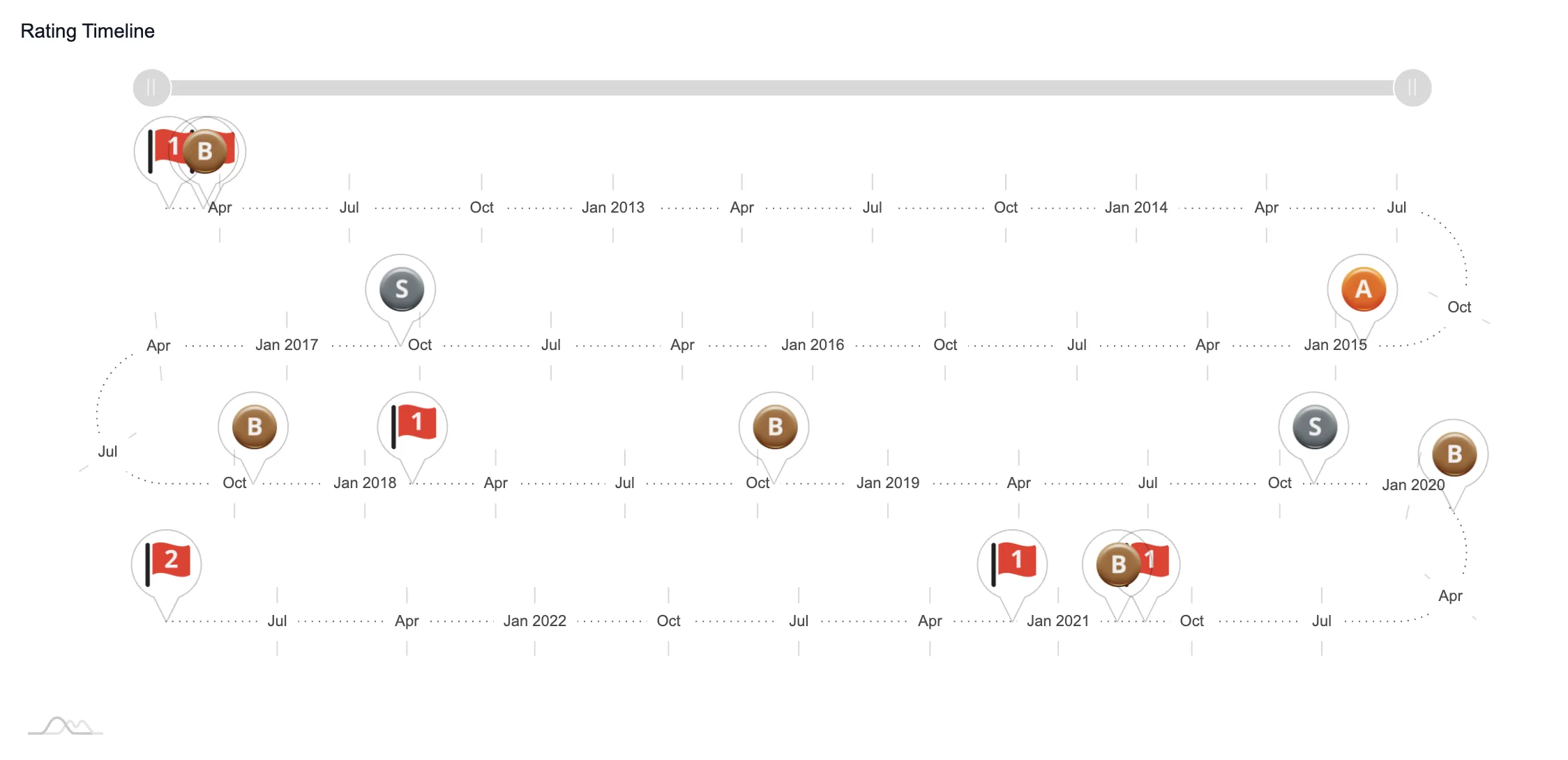Comprehensive Guide to First Gazette Notice for Compulsory Strike Off
Comprehensive Guide to First Gazette Notice for Compulsory Strike Off
Blog Article
A Comprehensive Overview to the Compulsory Strike Off Treatment in Corporate Administration
Navigating the complex landscape of business governance requires a keen understanding of the procedures that regulate the dissolution of entities. The mandatory strike off procedure, a vital aspect in business administration, acts as a device to apply conformity and keep the stability of the service atmosphere. As services progress and situations change, the demand to strike off a business may occur for different reasons (what is compulsory strike off). Discovering the intricacies of this process, consisting of the legal implications, step-by-step steps, and post-strike off considerations, offers indispensable insights for stakeholders looking for to navigate the complexities of company governance.
Reasons for Compulsory Strike Off
There are a number of vital reasons that may trigger the initiation of a compulsory strike off procedure for a firm. Non-compliance with regulative demands can elevate concerns about the company's operations and economic health, leading to the decision to strike off the company from the register.
Furthermore, business that have actually discontinued trading or are no more performing any kind of service tasks might additionally encounter mandatory strike off. This might be because of bankruptcy, mergers, or just a choice to end up the firm. In such instances, keeping the firm on the register would certainly offer no objective and can possibly develop complication amongst stakeholders.
Inevitably, the requirement of a required strike off in corporate administration emerges when a firm is no more running in conformity with the law or has become defunct, demanding its elimination from the authorities records.
Legal Ramifications and Risks
Given the circumstances that prompt a required strike off in company administration, it is important to understand the lawful effects and dangers connected with such actions. When a firm is struck off the main register, it disappears as a legal entity. This can have significant repercussions for financial institutions, supervisors, and investors. Supervisors may face individual obligation for company financial debts incurred after the dissolution, revealing their possessions to potential seizure. Shareholders lose their financial investment in the company, and financial institutions may locate it challenging to recoup financial obligations owed to them.
Furthermore, there are lawful consequences for people included in the administration of a business that has actually been by force struck off. In addition, the reputational damages from a required strike off can have lasting effects on individuals and their ability to involve in future service endeavors.
Action In the Strike Off Process
Initiating the required strike off procedure in business governance entails a collection of proposed steps laid out by governing authorities. The initial step generally needs the business to submit an official application or alert to the appropriate government firm or registrar signaling its intent to be struck off the main register. Subsequently, the firm is commonly needed to settle any type of exceptional responsibilities, financial debts, or tax obligations to ensure conformity with regulatory needs.
Once the first documents is submitted and economic obligations are fulfilled, the regulatory body will release a notification in the official gazette or a similar magazine to inform stakeholders about the upcoming strike off. This notice acts as a last chance for any kind of interested parties to increase objections or existing legitimate reasons that the business need to not be dissolved.
Complying with the magazine of the notice, the governing authority will proceed with the strike off procedure if no substantial objections or challenges arise. The business will certainly after that be officially dissolved, and its name will be eliminated from the register, effectively marking the verdict of the compulsory strike off procedure in business administration.
Documents Required for Strike Off
In conformity with governing standards, specific documentation needs to be given to facilitate the strike off process in business governance. The needed records generally include a formal application for strike off, which needs to be finished accurately and sent to the relevant great post to read governing authority. Additionally, monetary statements, such as the business's most current annual report, need to be consisted of to make certain that all financial obligations have been worked out before initiating the strike off procedure. Moreover, an affirmation of solvency or a declaration validating that the firm has no superior responsibilities is usually mandated to show that the entity can be liquified without creating damage to its lenders. Additionally, any necessary authorizations from investors or board members should be recorded and enclosed with the application. It is vital to ensure that all the requisite documents is carefully prepared and sent in accordance with the suggested guidelines to speed up the strike off procedure successfully. Failure to provide the needed documentation might result in hold-ups or problems in the dissolution of the firm.
Post-Strike Off Responsibilities and Factors To Consider

One more important post-strike off factor to consider is the potential for the firm to be restored to the register. The procedure for restoration need to be carefully complied with to make certain compliance with lawful demands if there is a requirement to revitalize the company after strike off. Failing to address post-strike off responsibilities can bring about prospective lawful repercussions for supervisors and investors. As a result, it is crucial to carefully manage these responsibilities to preserve excellent corporate governance methods.
Conclusion

There are several crucial reasons that might motivate the initiation of a compulsory strike off treatment for a company. Non-compliance with governing needs can elevate issues concerning the company's operations and financial health and wellness, leading to the choice to strike off the business from the register.
In addition, companies that have actually discontinued trading or are no longer bring out any service tasks may likewise encounter compulsory strike off. If there is a requirement to revitalize the firm after strike off, the process for repair have to be thoroughly complied with to make certain compliance with legal demands.In final thought, the mandatory strike off treatment in company administration serves as a required system to get rid of inoperative firms from the register.
Report this page